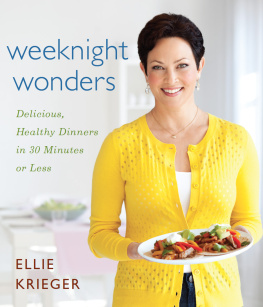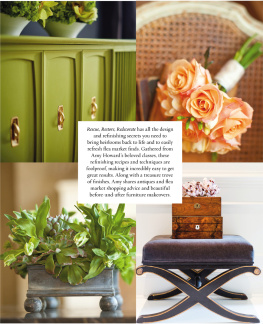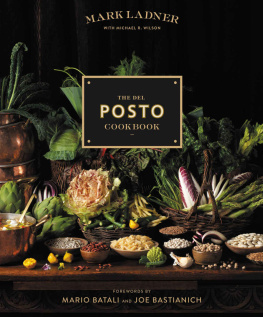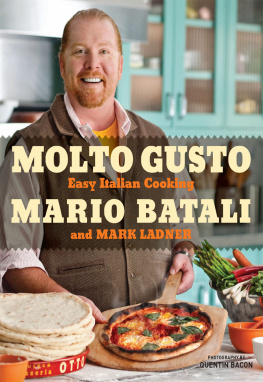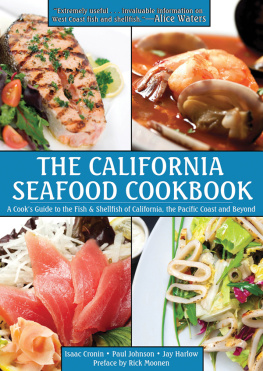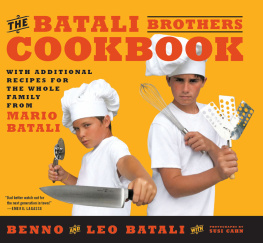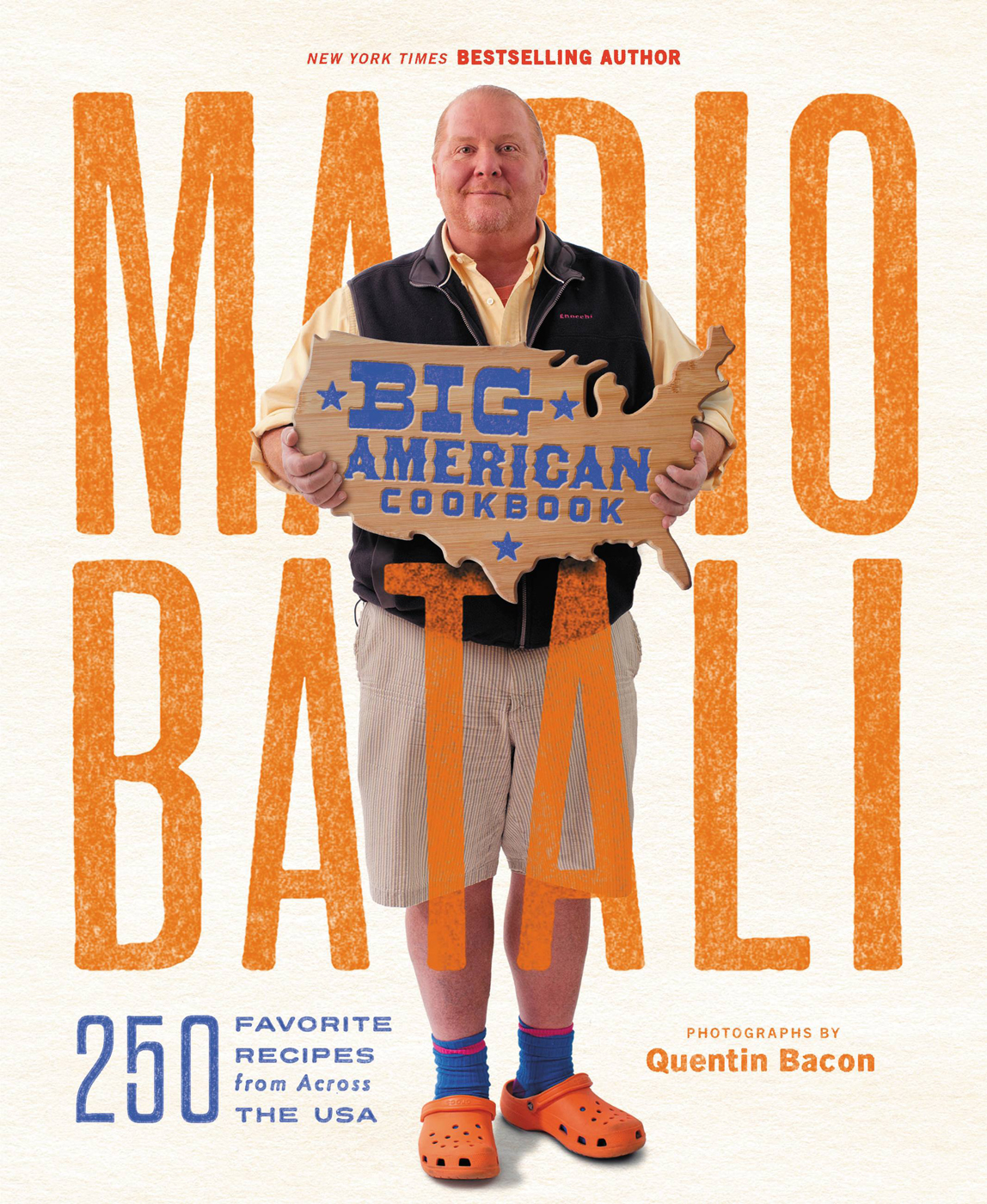Thank you for buying this ebook, published by HachetteDigital.
To receive special offers, bonus content, and news about ourlatest ebooks and apps, sign up for our newsletters.
Copyright 2016 by Mario Batali LLC
Cover design by Joe Newton and Gail Anderson. Cover photography by Quentin Bacon.
Cover copyright 2016 by Hachette Book Group, Inc.
Hachette Book Group supports the right to free expression and the value of copyright. The purpose of copyright is to encourage writers and artists to produce the creative works that enrich our culture.
The scanning, uploading, and distribution of this book without permission is a theft of the authors intellectual property. If you would like permission to use material from the book (other than for review purposes), please contact permissions@hbgusa.com. Thank you for your support of the authors rights.
Grand Central Life & Style
Hachette Book Group
1290 Avenue of the Americas, New York, NY 10104
grandcentrallifeandstyle.com
twitter.com/grandcentralpub
First edition: October 2016
Grand Central Life & Style is an imprint of Grand Central Publishing. The Grand Central Life & Style name and logo are trademarks of Hachette Book Group, Inc.
The Hachette Speakers Bureau provides a wide range of authors for speaking events. To find out more, go to www.hachettespeakersbureau.com or call (866) 376-6591.
The publisher is not responsible for websites (or their content) that are not owned by the publisher.
Print book interior design by Memo, NY
Interior and endpaper illustrations copyright 2016 by Jim Datz.
Library of Congress Cataloging-in-Publication Data
Names: Batali, Mario, author. | Webster, Jim, author. | Bacon, Quentin, photographer (expression)
Title: Mario Batali Big American cookbook : 250 favorite recipes from across the USA / Mario Batali with
Jim Webster ; photographs by Quentin Bacon.
Description: First edition. | New York : Grand Central Life & Style, [2016] | Includes index.
Identifiers: LCCN 2016022712 | ISBN 9781455584710 (hardcover) | ISBN 9781455584703 (ebook)
Subjects: LCSH: Cooking, American. | Local foodsUnited States. | LCGFT: Cookbooks.
Classification: LCC TX715 .B34359 2016 | DDC 641.5973dc23
LC record available at https://lccn.loc.gov/2016022712
ISBNs: 978-1-4555-8471-0 (hardcover), 978-1-4555-8470-3 (ebook), 978-1-4789-7117-7 (signed edition)
E3-20160907-JV-PC
AmericaFarm to Table
Molto Batali
Molto Gusto
Spain: A Culinary Road Trip (with Gwyneth Paltrow)
Italian Grill
Mario Tailgates NASCAR Style
Molto Italiano
The Babbo Cookbook
Mario Batali Holiday Food
Mario Batali Simple Italian Food
TO MY WIFE, SUSI CAHN , AND OUR TWO BOYS, BENNO AND LEO , TRUE AMERICANS WHO ARE THE REASON I DO EVERYTHING BETTER
AND TO THE MEMORY OF GINA DEPALMA , THE FINEST PASTRY CHEF I HAVE EVER KNOWN, MAY SHE REST IN PEACE
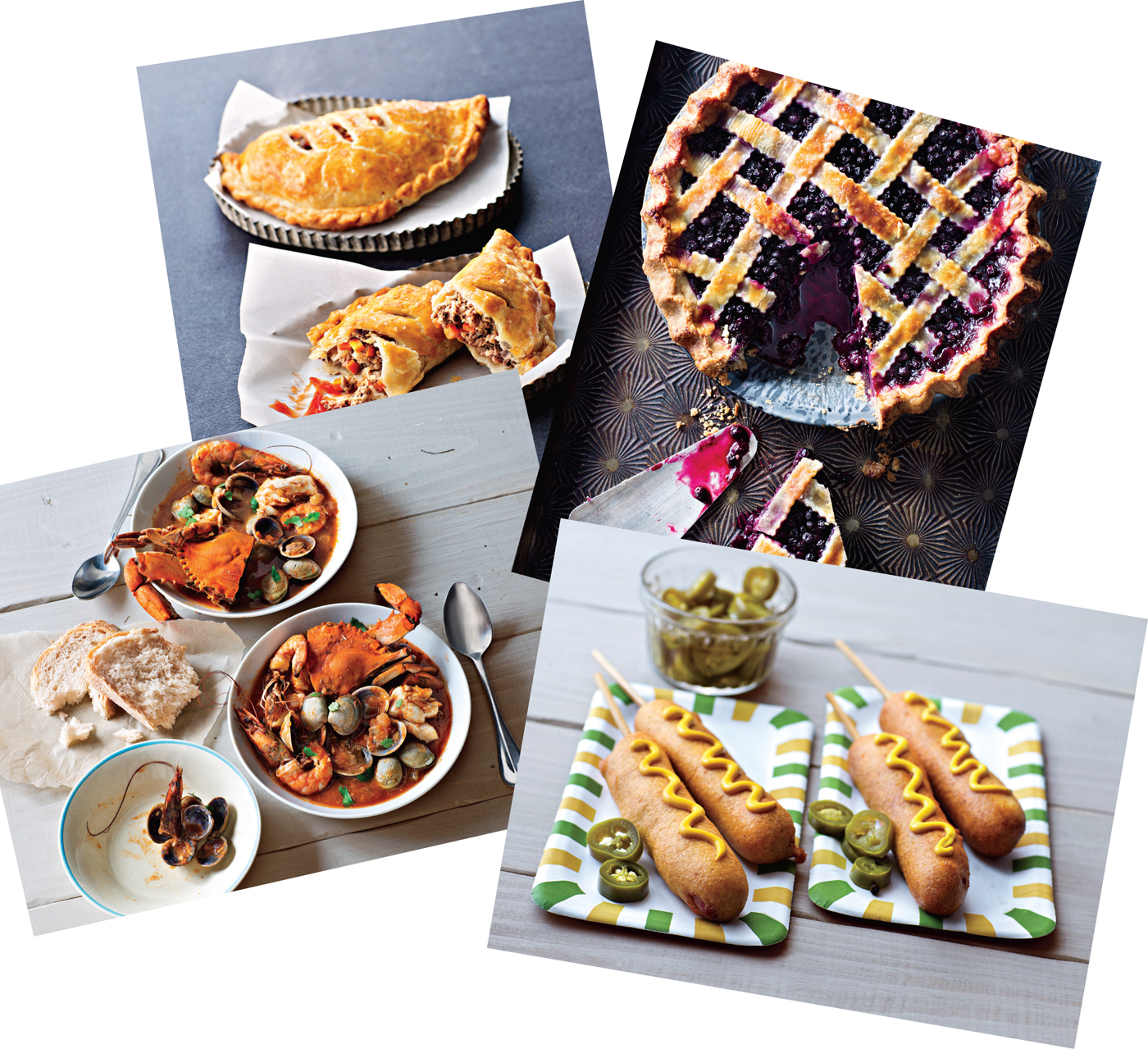
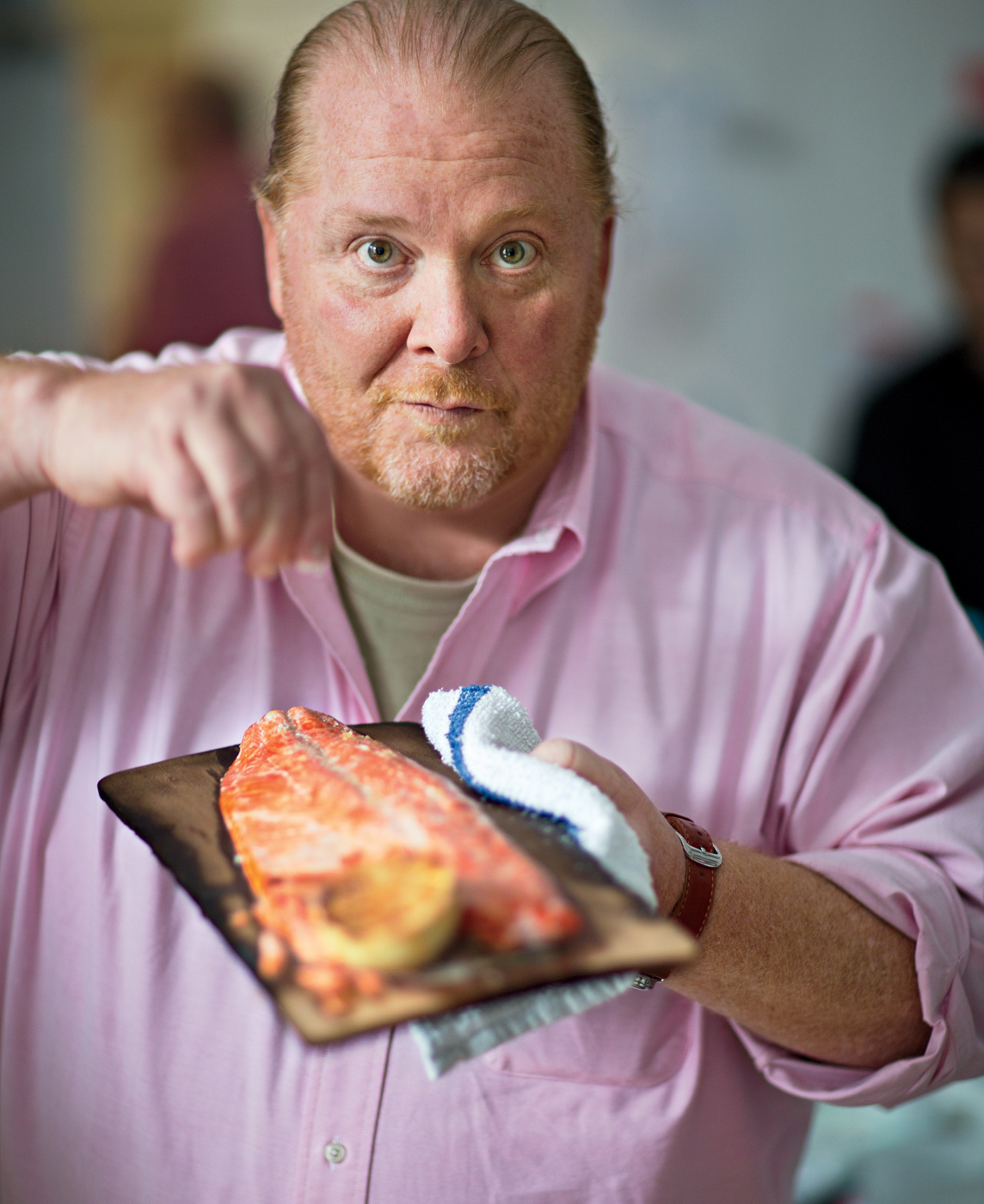
WE THE PEOPLE of Americas most recent vintages have been grappling with our emerging sense of self-confidence and deliciousness. For the first two centuries of our nation, much of our cooking and eating was split be tween regular everyday meals and special celebrations. The weekday meals, the ones we ate the most, very often represented time- and cost-effective no frills ways to gather energy and fuel our bodies. They were not considered a joyous part of our lives, but essential for simple sustenance. They were quite often approached with a workmanlike mentality, rather than a happy moment of culinary expression. In recent decades, weve become more aware of the importance of nutrition, more invested in the delight of impeccable sourcing. Weve turned the act of cooking into something of a sport, but one in which both participants and spectators enjoy the thrill of victory. Our daily bread is no longer mundane; its a pop culture icon. If mealtime used to be about feeding the herd, now its nothing less than tending to our very souls.
The most common celebrations of our family meals have been based on our hereditary culture and, very often, non-American traditions. The food of our religious and cultural celebrations, of our solemn moments, of our annual traditions, and of our family gatherings has often been the deepest well of our most profound memories. Much, although not all of it, was born long before we were, and in a place not very similar to where we celebrate now. The recipes for these celebration dishes have been handed down from generation to generation, from cook to cook, from mother to daughter or daughter-in-law.
RECIPES ARE VERY MUCH A PART OF OUR CULTURAL HERITAGE, AS SIGNIFICANT, IN MY OPINION, AS PHOTOGRAPHS OR LETTERS (OR E-MAILS, KIDS, OR EVEN SNAPCHATS).
Often these recipes were not written at all, but they formed part of the oral history of many families, taught to the next generation by the venerated elders, most often women. (Men have been somewhat involved, although, historically, not often a very big part of this tradition.) Sometimes the recipes were written down, often on smudged note cards, or conserved on well-used and crinkled pages cut from magazines or the local newspapers food section, meticulously filed in a plain but beloved box somewhere near the pantry or stove.
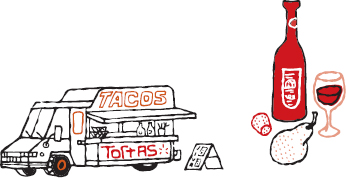
Each of my grandmas kept such a box, and the treasure within was the result of infinite trial and error over years of patient practice. Some of my favorite moments in the past two decades have involved getting a note or a letter, or even a tweet in the last few years, from some happy person who had forgotten about a dish from their family traditions, and who had just seen or read or heard me refer to it or cook the actual recipe. These are very often forgotten recipes from an aunt or uncle or grandma or grandpa or mom or dad or neighbor, and represent the very significant and emotionally satisfying bridge from the past to the present.
THE DISHES ARE OFTEN THE DISTILLATION OF THEIR FAMILYS ETHNIC DNA COMMINGLED WITH THE LOCAL INGREDIENTS IN THEIR FAMILYS HOMETOWN.
Recipes are very much a part of our cultural heritage, as significant, in my opinion, as photographs or letters (or e-mails, kids, or even Snapchats). They are true points in history around which we file the rest of our personal and collective memory. I can look at my grandmas hand-written biscotti recipe on the little 4-by-6 card and can very clearly hear her voice, smell her kitchen, taste her antipasto, and remember things a photograph in an album will not bring me to. She is still very much alive on the little blue card in my wallet, and even more so when I make the annual holiday biscotti the week before Christmas with Susi and our two boys.


